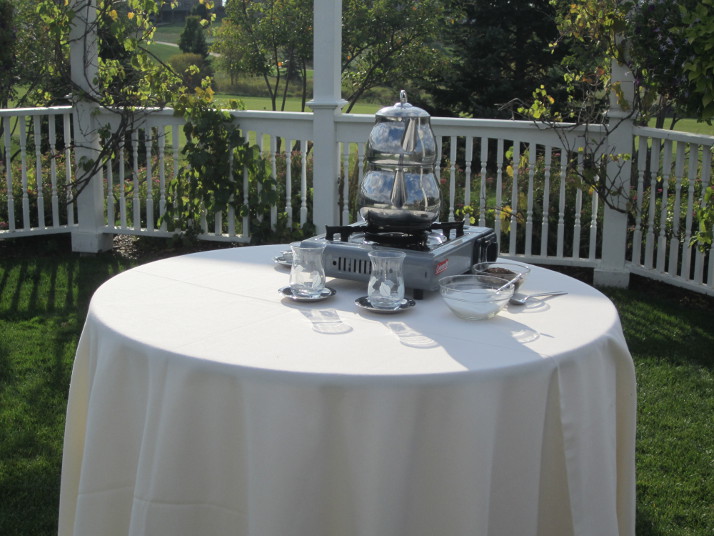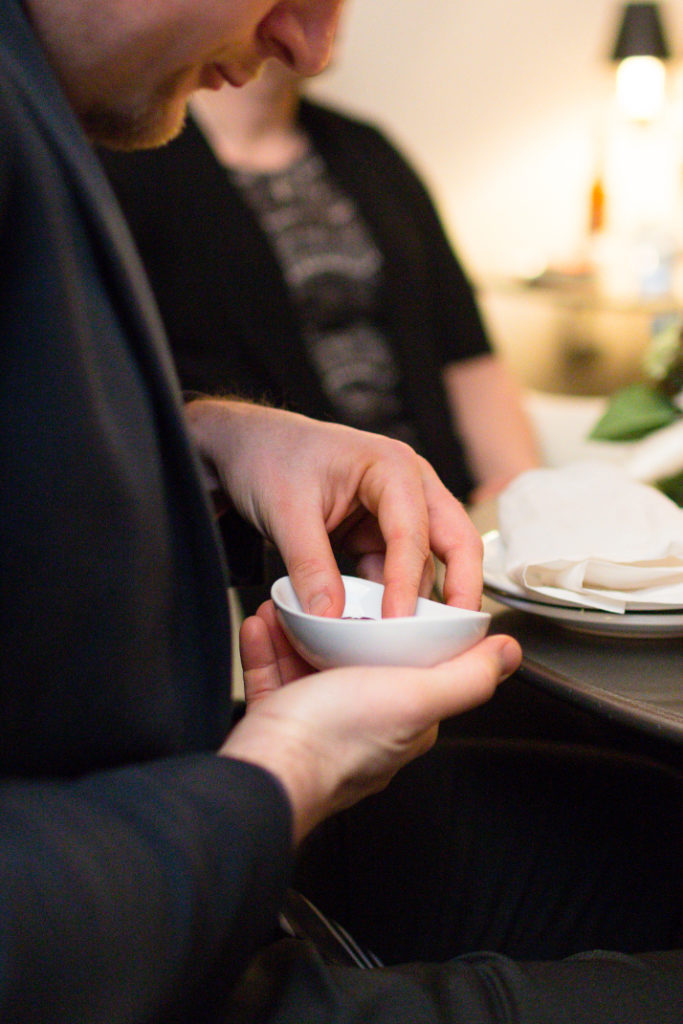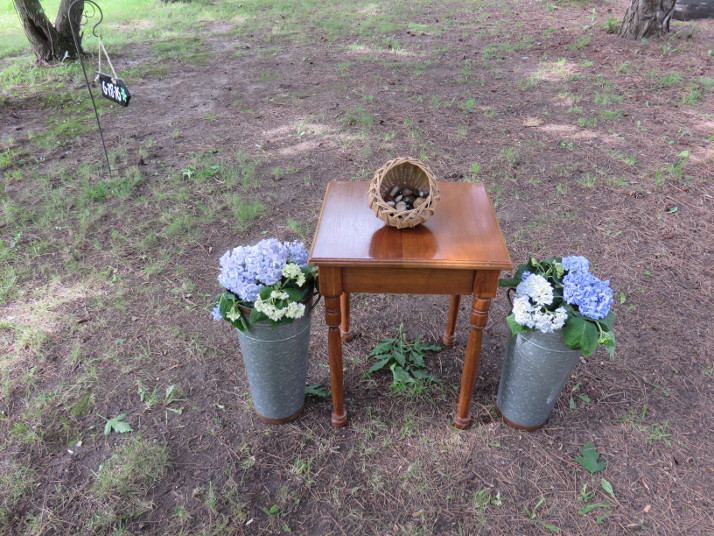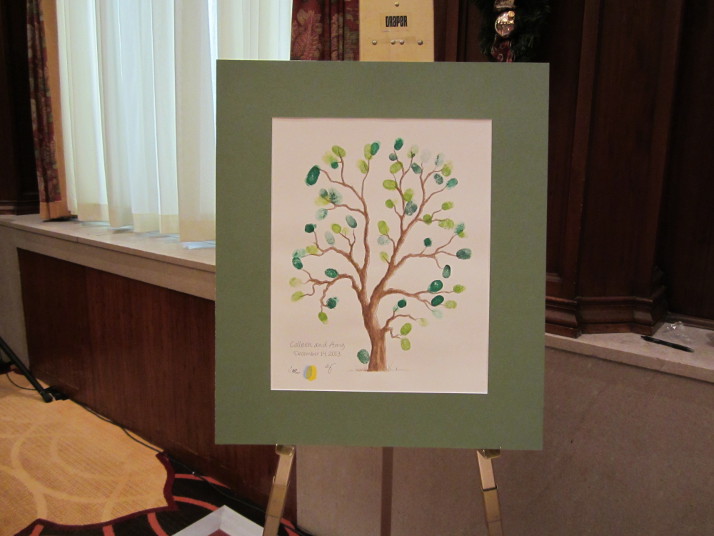Leveraging The Season
Leveraging the season is a great way to make your wedding ceremony feel timely and current. Decor, flowers, even the colors you choose can focus your day on the time of year you are marrying. If you have a favorite season and have chosen that for your wedding, even better!
A recent harvest themed wedding I officiated included pumpkins and mums. The bride is a very outdoors person, and table decorations included cross sections of a tree with deer antlers, flowers and candles. Pumpkins marked the entrance to the venue (in this case, decorated with the logos of the sports teams they follow). Huge burgundy mums on pedestals marked the ceremony space, and the bridesmaids wore burgundy dresses. The bouquets were mixed fall flowers from the bride’s garden. All these touches effectively leveraged the current season and the interests of the couple.
A winter wedding from a few years ago relied on ice blue and silver to accent the overall white theme of the day. Flowers, dresses, table decor, even the cake followed the winter wonderland theme fitting in perfectly with the frigid January day. A winter solstice themed wedding celebrated the return of the sun with its light and warmth.
Spring offers all kinds of themes from growth and rejuvenation to the Spring Equinox and fresh light colors. Seed packets can be gifted to guests to plant and a tree can be planted as your unity ritual. Perhaps a refreshing Spring themed cocktail can serve as the signature drink.
Summer weddings offer the opportunity to celebrate the long, warm days being experienced. There is a reading that begins, “Now in midsummer, a wedding…” which may be a perfect selection. Fans for your guests to stay cool during the ceremony make great favors, and decor in the rich, vibrant colors of summer fits right in. Offering cold water or lemonade before your ceremony can set the right tone.
If you met during the season you are marrying, got engaged during this time of year, or have birthdays around the wedding date those ideas can all be integrated into your ceremony and your day. Finding ways to connect the season to your relationship allows you to make the ceremony and your wedding day even more personal.
Whatever month you choose to marry, leveraging the season helps with your budget as you utilize nature and decor – think flowers in season – and allows you to customize and personalize your wedding day in myriad ways.




